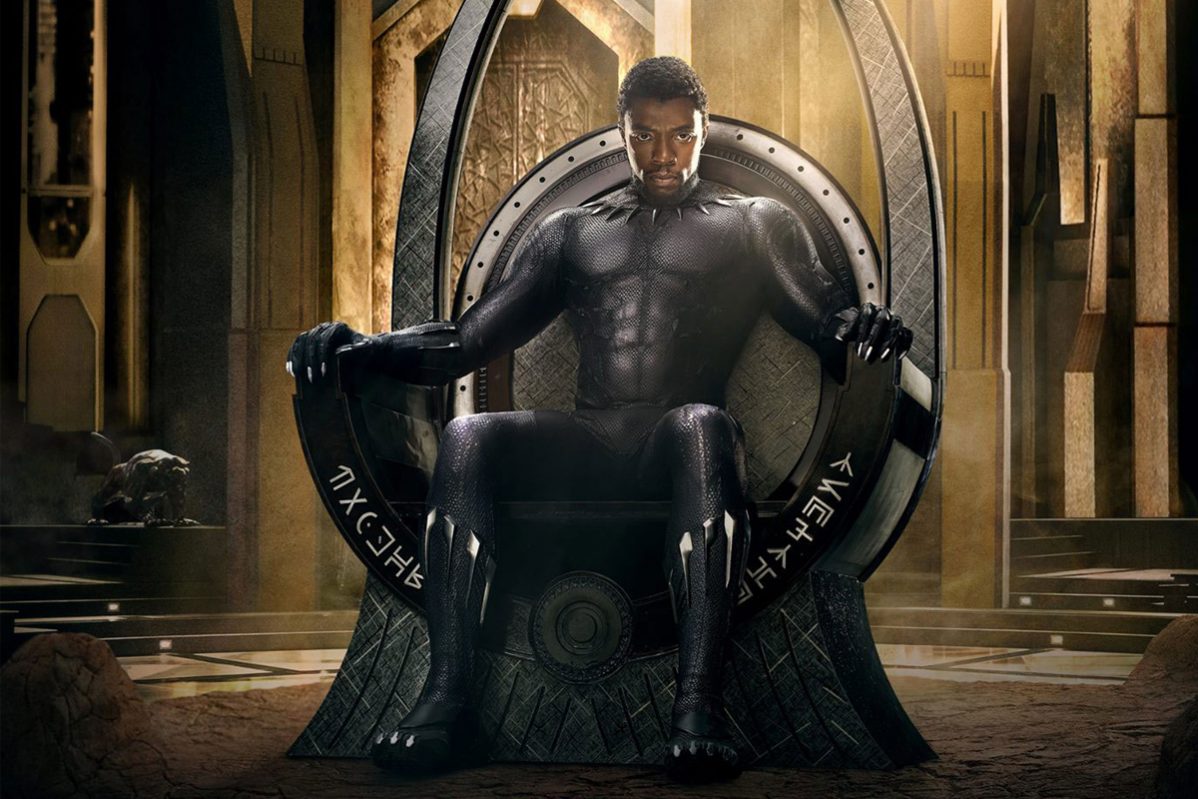Important film featuring mostly Black cast skillfully blurs the line between good and evil
By Khaliq Martin
Special to The Dialog
One of the biggest highlights of not only Black History Month, but 2018 so far, was the highly anticipated Black Panther movie. And for good reason.
The film features a predominantly Black cast and includes some academic and culturally relevant themes such as colonialism, race, class, and gender. It also touches on some of the systemic structures that have impacted the lives of Black bodies while providing a tiny bit of historical context outside the fictional country of Wakanda, where Black Panther takes place.
Most notably, the effect of these structures can be seen in some of the main characters in the film and their choices.
Black Panther is a tale of betrayal, revenge, doing what is right and the classic gimmick of good versus evil. Or is it that simple? The film is excellent at blurring the line between good and evil by complicating the actual story with the lived-in experiences of both the protagonist T’Challa (played by Chadwick Boseman) and the antagonist Erik Killmonger (played by Michael B. Jordan). Black Panther shows how both characters’ experiences ultimately led up to the events that became the plot for the film.
As the movie draws to its conclusion the audience is left questioning the thoughts, ideas, behaviours, and moral codes of both T’Challa and Killmonger. Crucial question becomes: who would you choose to rule over Wakanda? T’Challa or Killmonger? The answer may be much more complex than you think.
At its core, the movie is about the fate of Wakanda, the mineral Vibranium, and is an examination of both characters that convey the differences in their attempts to help others and do what they believe is right.
Black Panther also has a vibrant soundscape, including a soundtrack produced by Kendrick Lamar, that comes together to give an in-depth experience to a world never really imagined by a lot of folks.
Due to a historical legacy of colonialism and a very persistent inequitable social hierarchy that has and will continue to exist for quite some time, Black folks rarely saw images that didn’t depict them as slaves, thugs or the usual stereotypical images of Black men, femmes, and queer folks.
What made this movie so important for Black and non-Black students, is that Black folks have never really seen genuine Black liberation because of the systemic structures that still plague Black bodies, such as state-sanctioned violence.
But that exposure to an idea that things can be different can be so profound for young Black or non-black students with an aim to change the world or inspire others.
Representation is crucial in providing this exposure that everybody, including Black folks, can have the capacity to be brilliant and we aren’t reminded enough of that.
Black George Brown College students gave me a gentle reminder of their brilliance just based on their excitement of the film. You could see it at the private screening of Black Panther that was organized by the Student Association, which funds The Dialog.
The outfits students wore in anticipation, as well as the discussion and critiques they engaged in showed that the film had stirred up something important and powerful.
I definitely recommend that anyone see the film at least three times. There is a lot to unpack from Black Panther and many nuances to the movie and its characters that require critical analysis.


